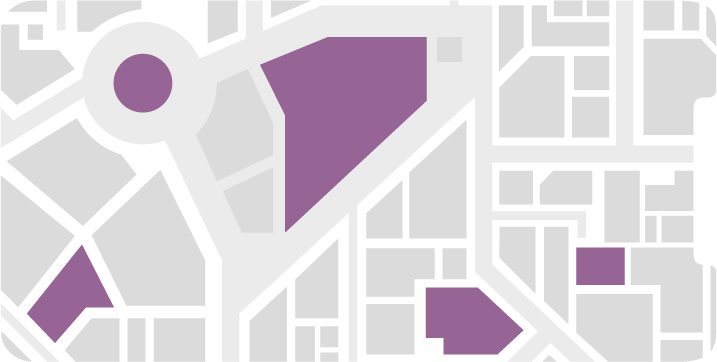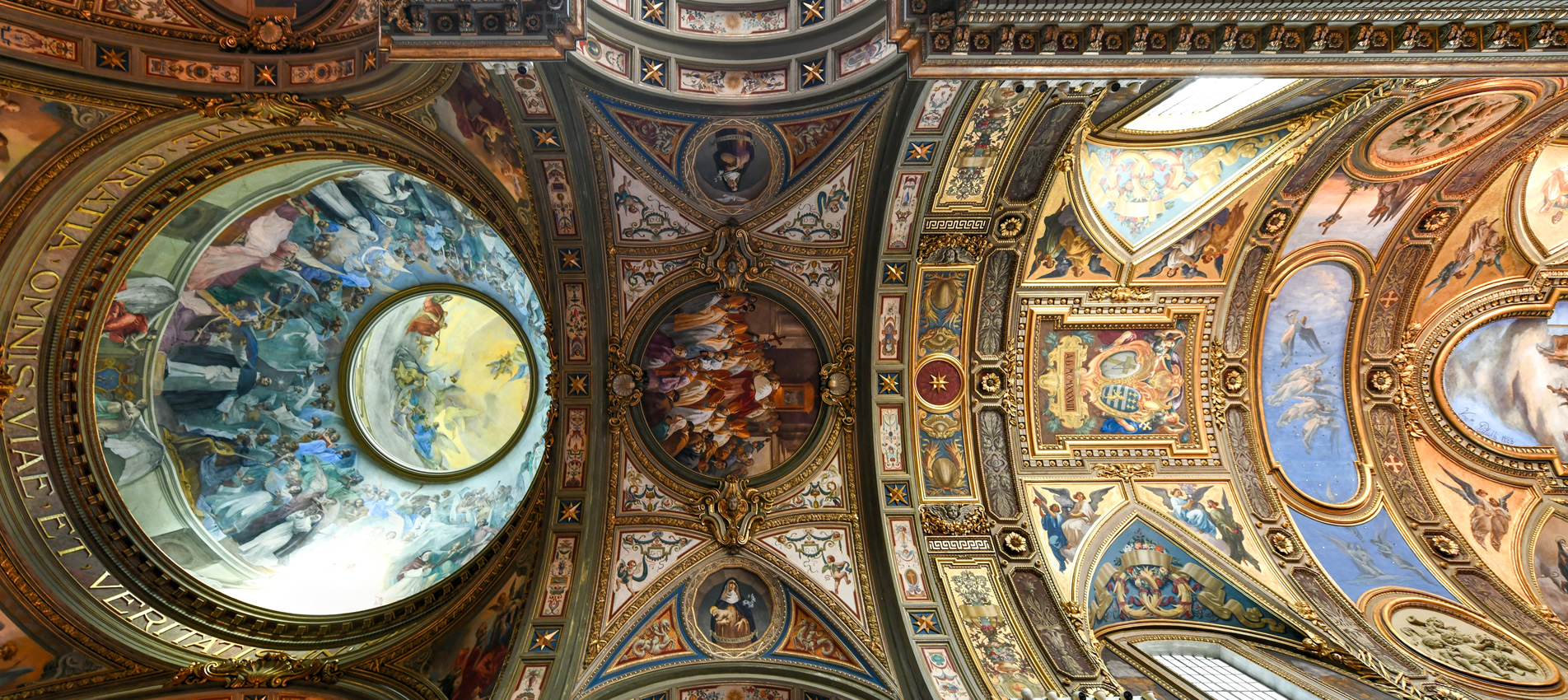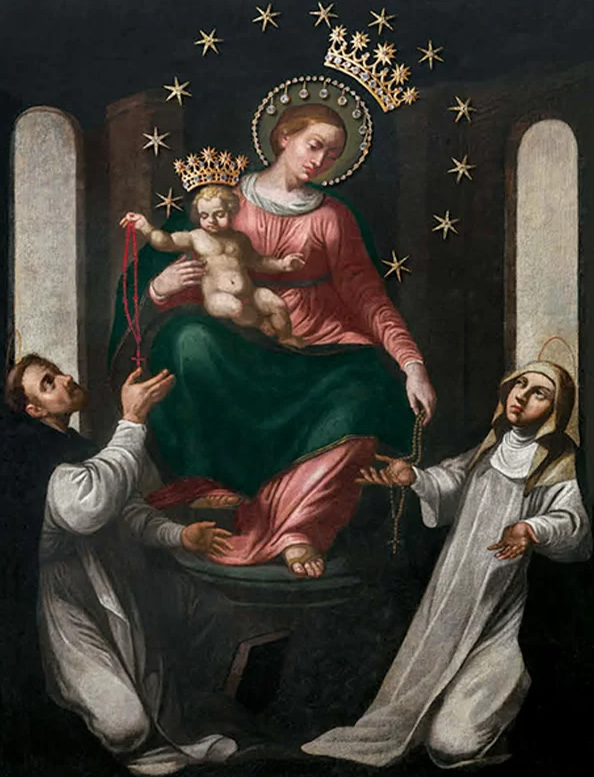Places to visit
The Modern City
Pompeii archaeological park
Pontifical Sanctuary of Pompeii
The bell tower of the Sanctuary
Street Art
Activities
Where to sleep
Eat & Drink
Useful tips
Near Pompeii
Naples Caserta and the Royal Palace Vesuvius National Park Herculaneum archaeological park Amalfi coast Temples of Paestum Excavations of Oplontis Archaeological excavations of Boscoreale
How to get there
How to get around
Where to park
Tourist Info
Currency exchange and withdrawal
Healthcare
Emergency
Luggage Storage
Useful Applications
Eventi
Upcoming event
The Modern City
Pompeii archaeological park
Pontifical Sanctuary of Pompeii
The bell tower of the Sanctuary
Street Art
Near Pompeii
Naples Caserta and the Royal Palace Vesuvius National Park Herculaneum archaeological park Amalfi coast Temples of Paestum Excavations of Oplontis Archaeological excavations of Boscoreale
How to get there
How to get around
Where to park
Tourist Info
Currency exchange and withdrawal
Healthcare
Emergency
Luggage Storage
Useful Applications





